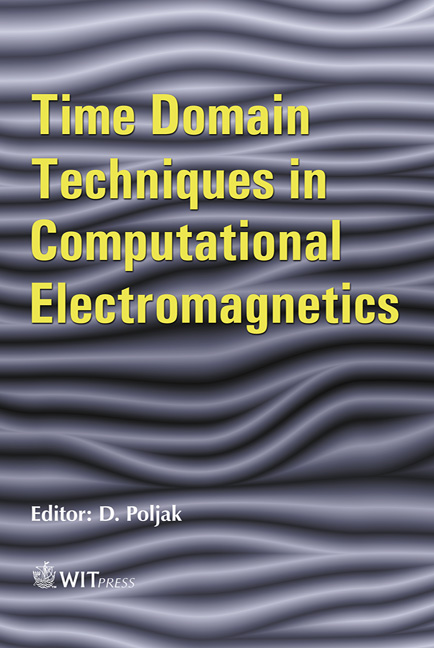Domain Decomposition Techniques for Boundary Elements
Application to Fluid Flow
Edited By: V. Popov, Wessex Institute of Technology, UK; H. Power, University of NottIngham, UK; L. Skerget, University of Maribor, Slovenia
Price
$218.00 (free shipping)
ISBN
978-1-84564-100-9
eISBN
978-1-84564-284-6
Pages
320
Book Series Title
Advances in Boundary Elements
Book Series
21
Transaction Series
WIT Transactions on State-of-the-art in Science and Engineering
Transaction Volume
14
Published
2007
Format
Hardback
The sub-domain techniques in the BEM are nowadays finding their place in the toolbox of numerical modellers, especially when dealing with complex 3D problems. We see their main application in conjunction with the classical BEM approach, which is based on a single domain when part of the domain needs to be solved using a single domain approach, the classical BEM, and part needs to be solved using a domain approach, BEM subdomain technique. This has usually been done in the past by coupling the BEM with the FEM, however, it is much more efficient to use a combination of the BEM and a BEM sub-domain technique.
The advantage arises from the simplicity of coupling the single domain and multi-domain solutions, and from the fact that only one formulation needs to be developed, rather than two separate formulations based on different techniques. There are still possibilities for improving the BEM sub-domain techniques. However, considering the increased interest and research in this approach we believe that BEM sub-domain techniques will become a logical choice in the future substituting the FEM whenever an efficient solution requires coupling of the BEM with a domain technique.








